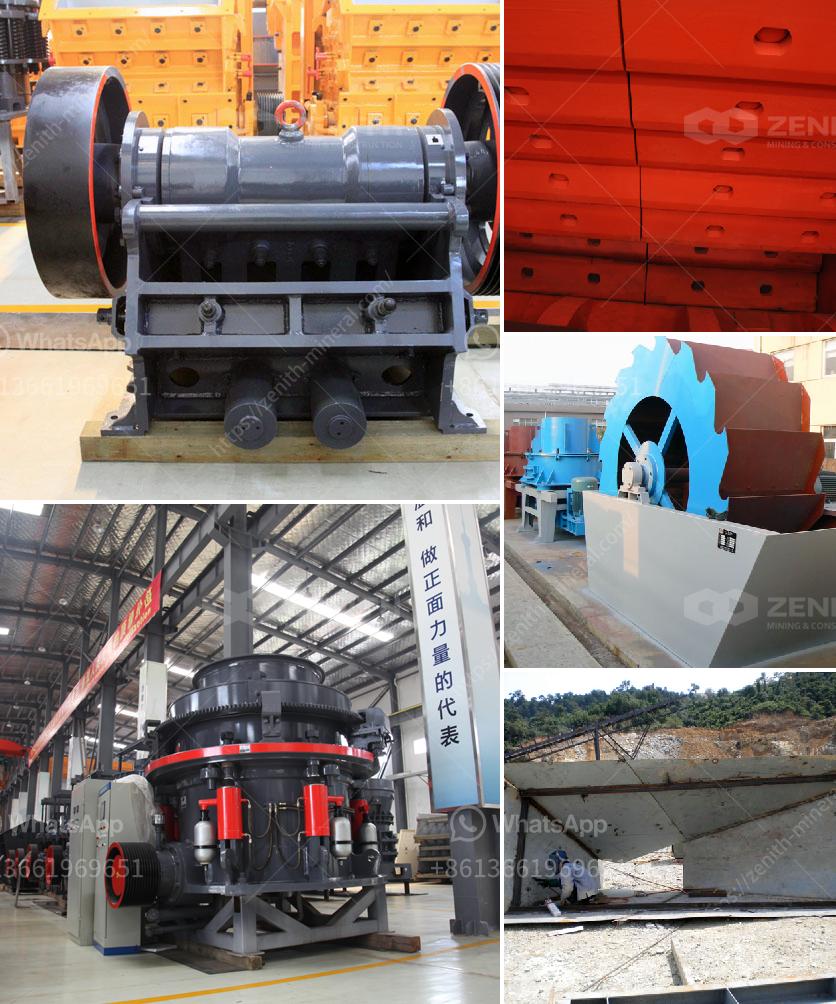The size of the balls in a ball mill can significantly impact the grinding process, including:
Grinding Efficiency: Larger balls are more effective in breaking down large particles, while smaller balls are better for finer grinding. The appropriate mix of ball sizes can improve the milling efficiency by providing the right balance between impact and attrition.
Particle Size Distribution: Larger balls tend to produce coarser ground materials, whereas smaller balls can achieve finer grinding. The distribution of ball sizes affects the final product's particle size distribution.
Milling Speed and Time: The size of the balls can influence the optimal milling speed and the time required to achieve the desired fineness. Larger balls may require longer milling times to achieve the same level of fineness as smaller balls.
Wear and Tear: Smaller balls may wear out more quickly than larger ones, potentially increasing the frequency of replacements. However, larger balls might impart more wear and tear on the mill's inner surfaces.
Energy Consumption: The energy required for grinding can vary with ball size. In general, smaller balls consume more energy due to their higher surface area and greater number of collisions.
By carefully selecting the size and proportion of balls in the mill, one can optimize the milling process for efficiency, particle size distribution, and energy consumption.
